What Was the Khmer Rouge Regime?
It’s fair to say that in the late 1970s, Cambodia was a very different place. Between 1975 and 1979, The Khmer Rouge gained control of the Cambodian Government with the desire to transform the country into a communist agrarian utopia.
That meant that anyone viewed as educated, wealthy, or opposed the government’s wishes was brutally tortured and killed. In total, between one and a half and two million Cambodians were murdered, equating to almost one in five of the country dying as a result. As you can imagine, the aftermath of such horrifying events has crippled the growth of Cambodia as a country.
There are many killing fields scattered across Cambodia, however, the biggest is the Killing Fields of Choeung Ek which lie on the outskirts of Phnom Penh. As mentioned, over 17,000 civilians were killed and buried into mass graves, many of them transported to the site after detention and torture in Tuol Sleng Prison in the centre of Phnom Penh.
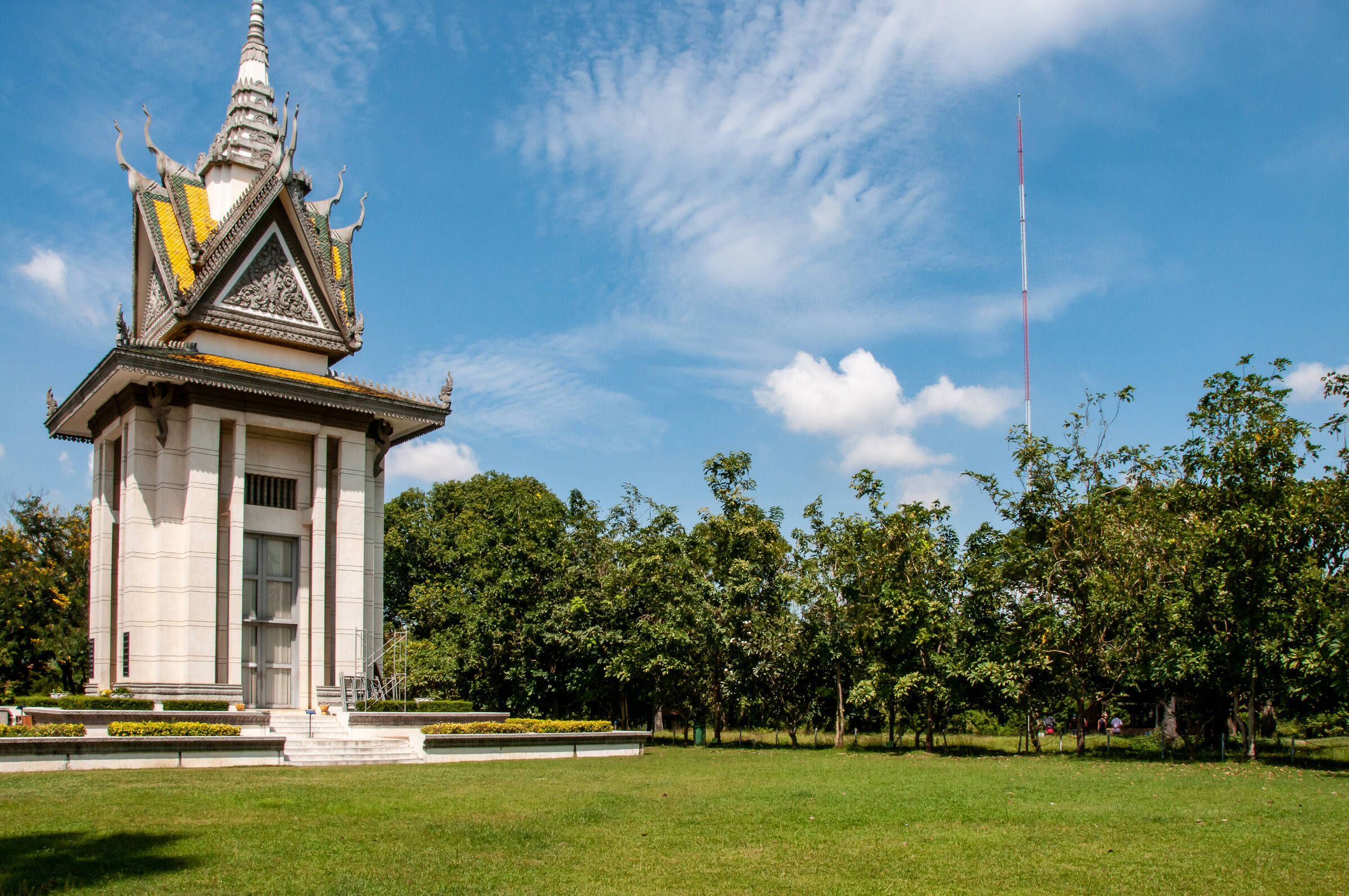

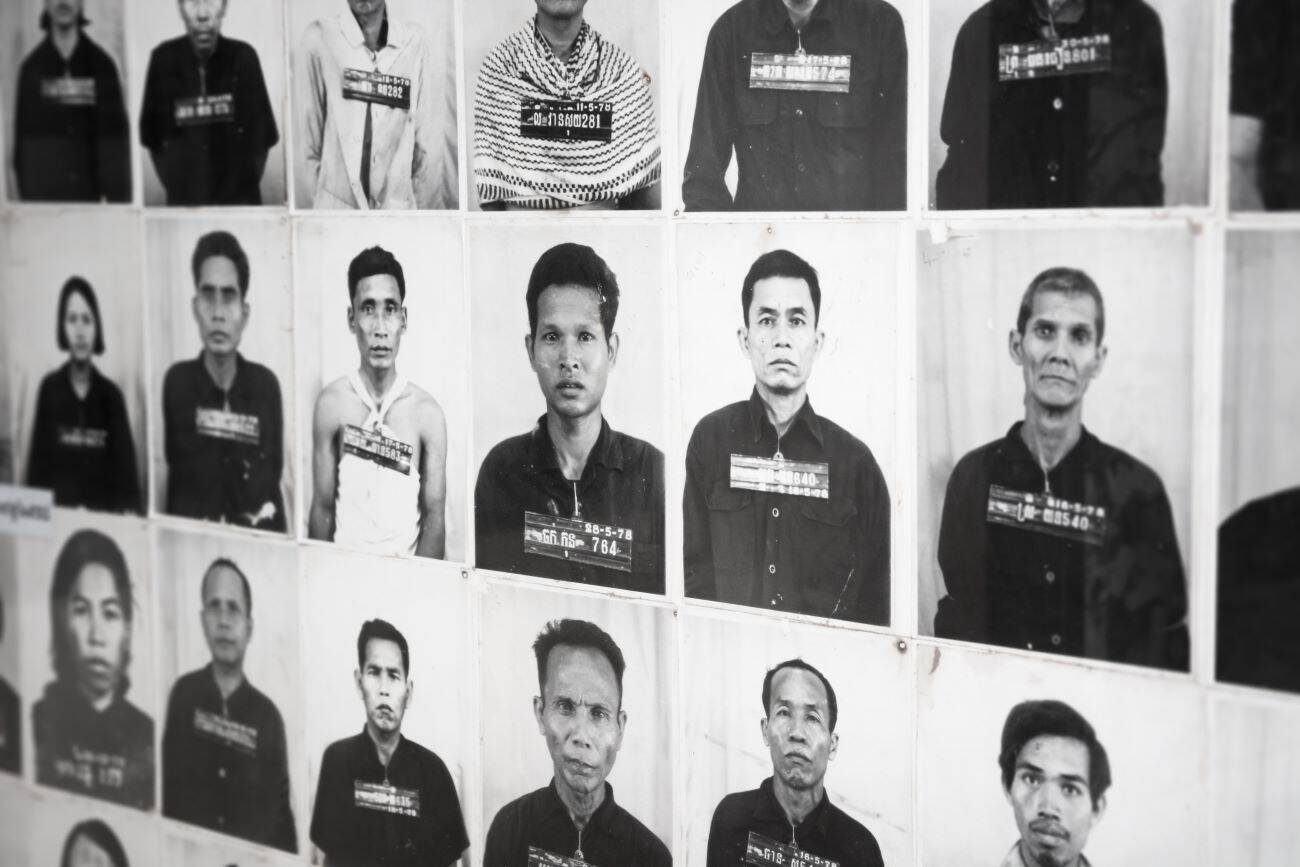
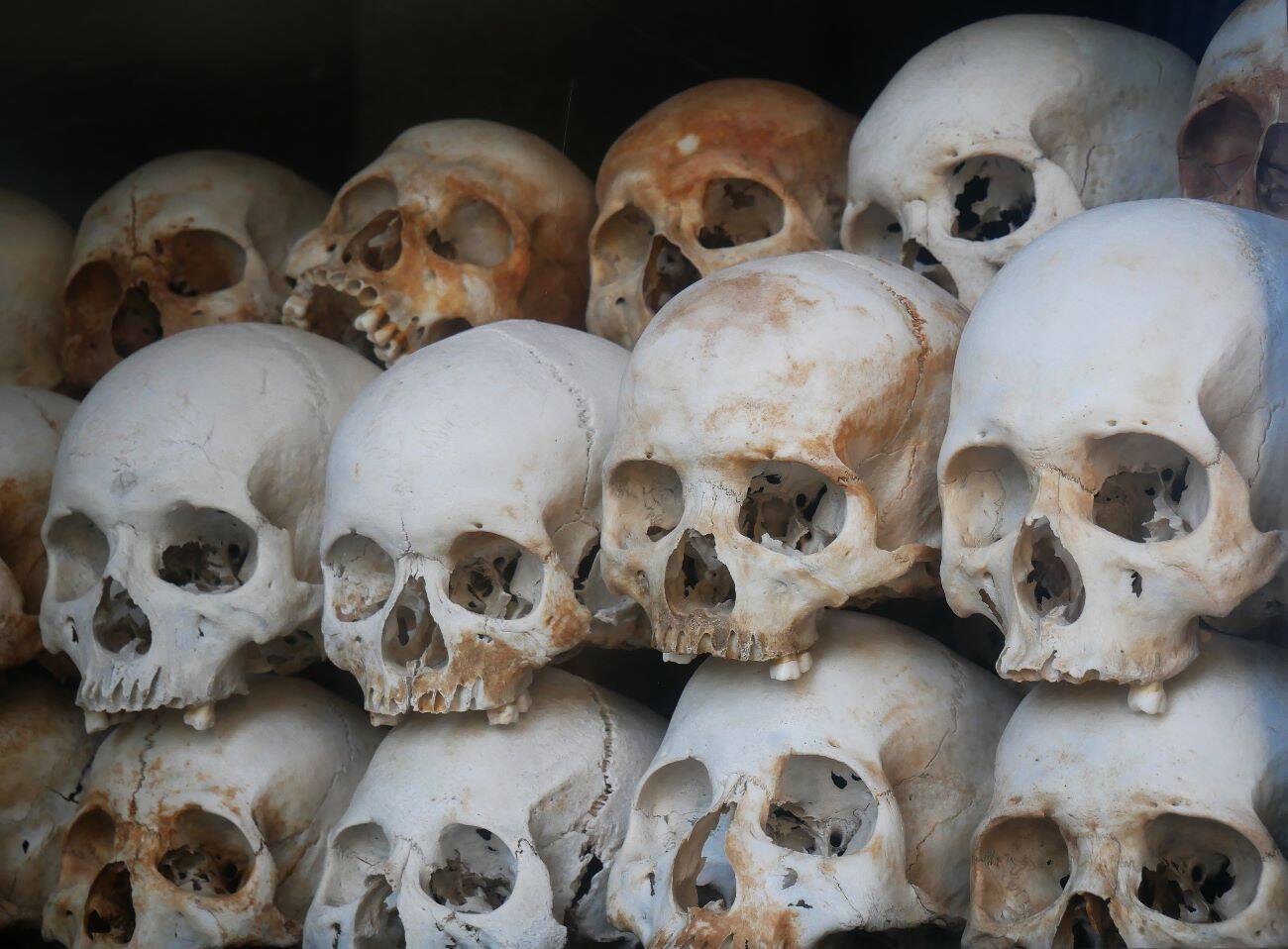
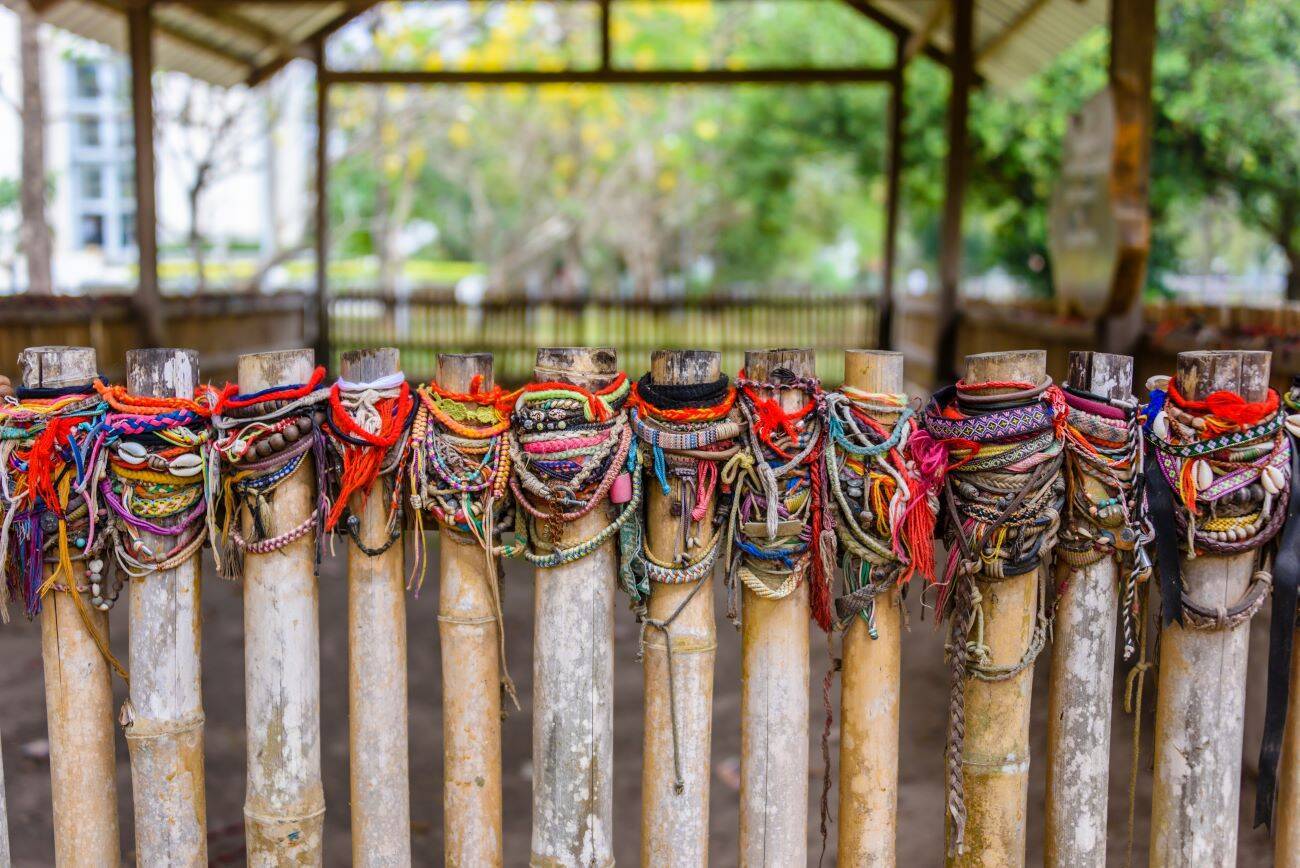
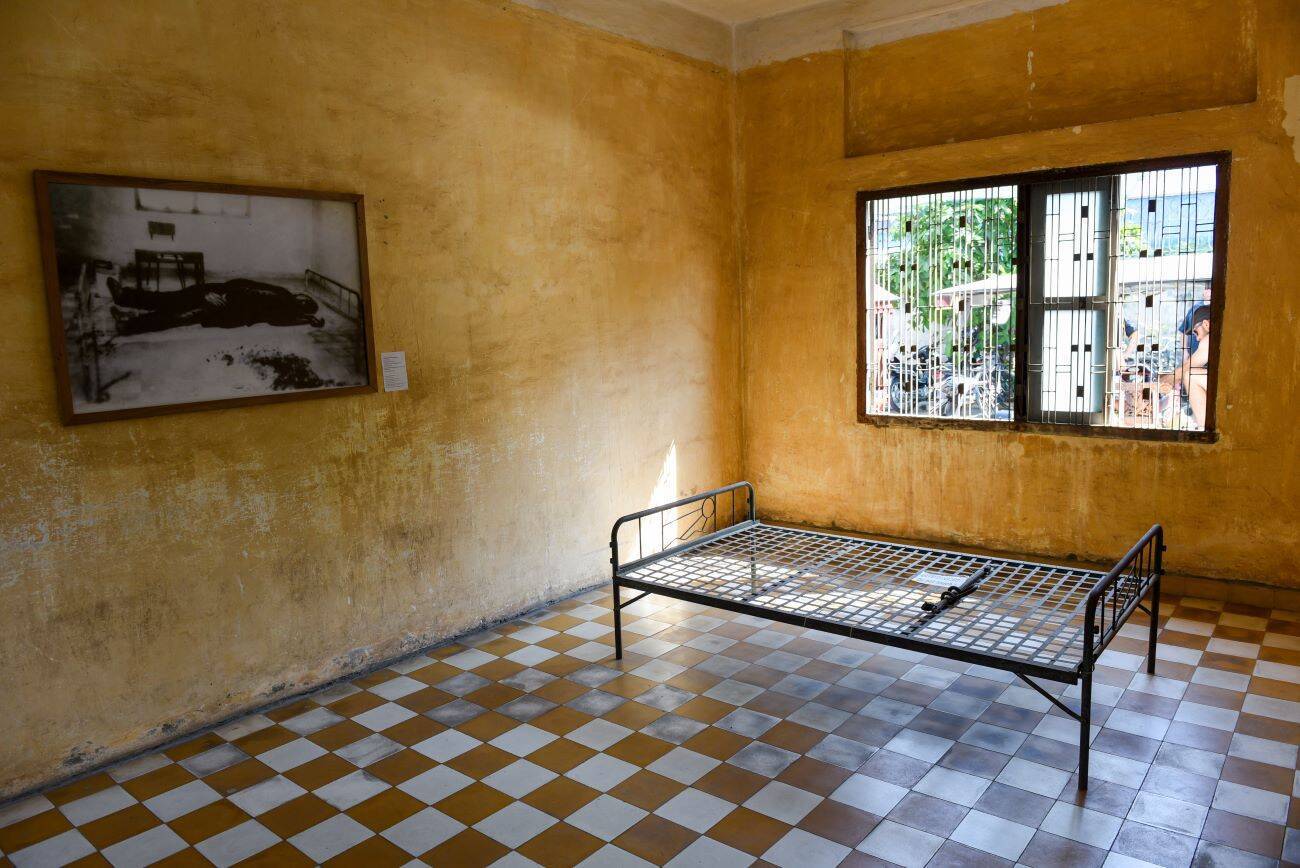
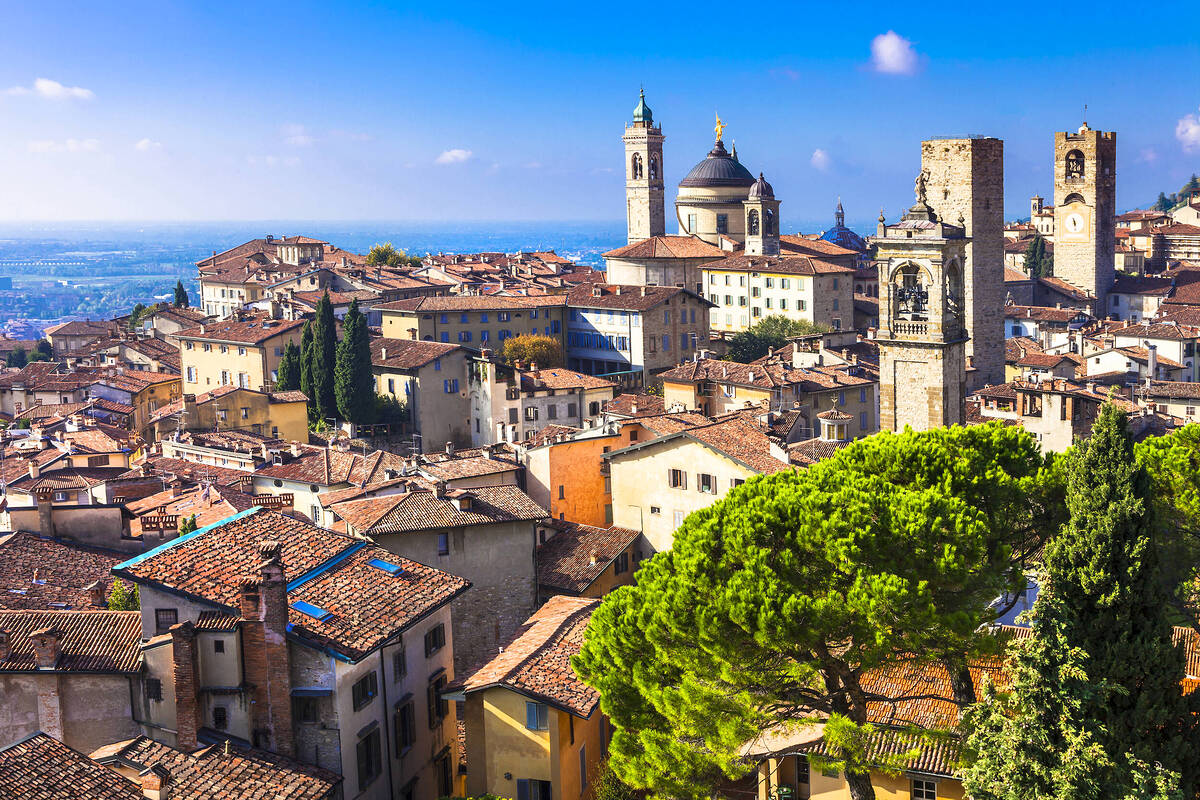

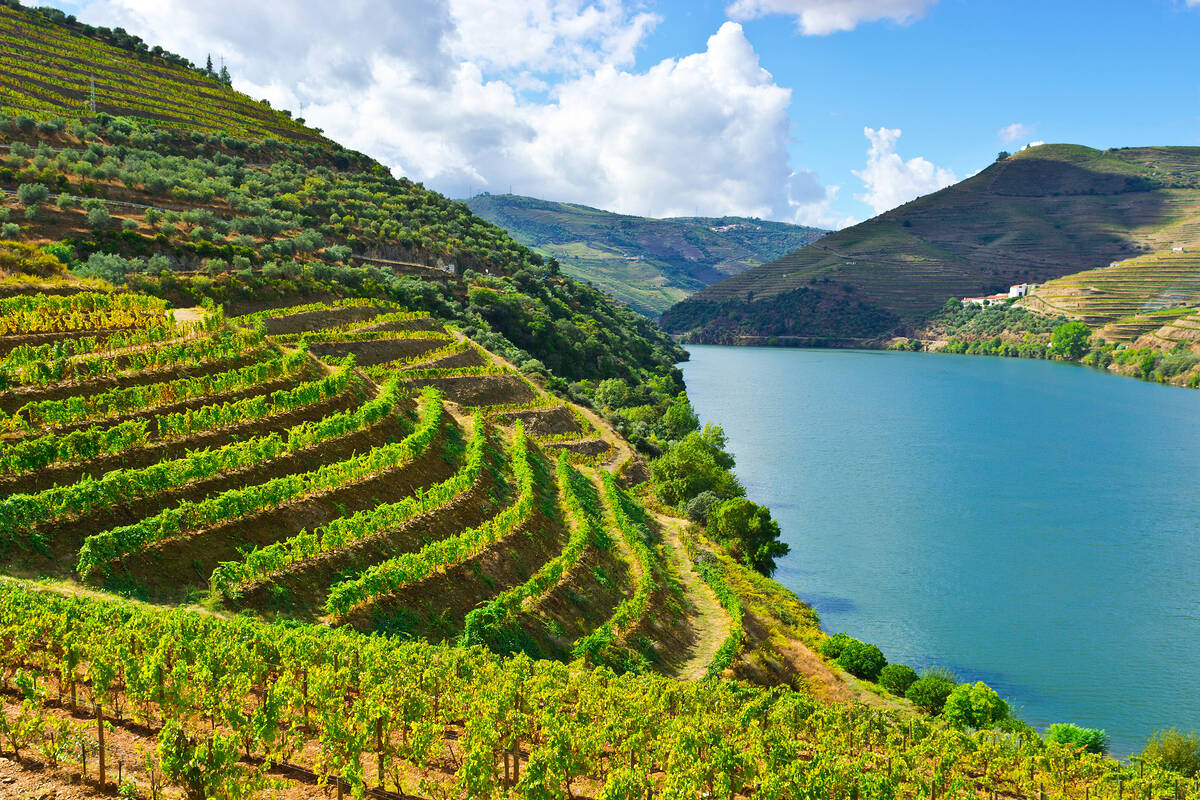













Comments